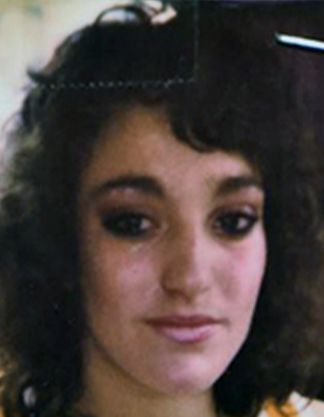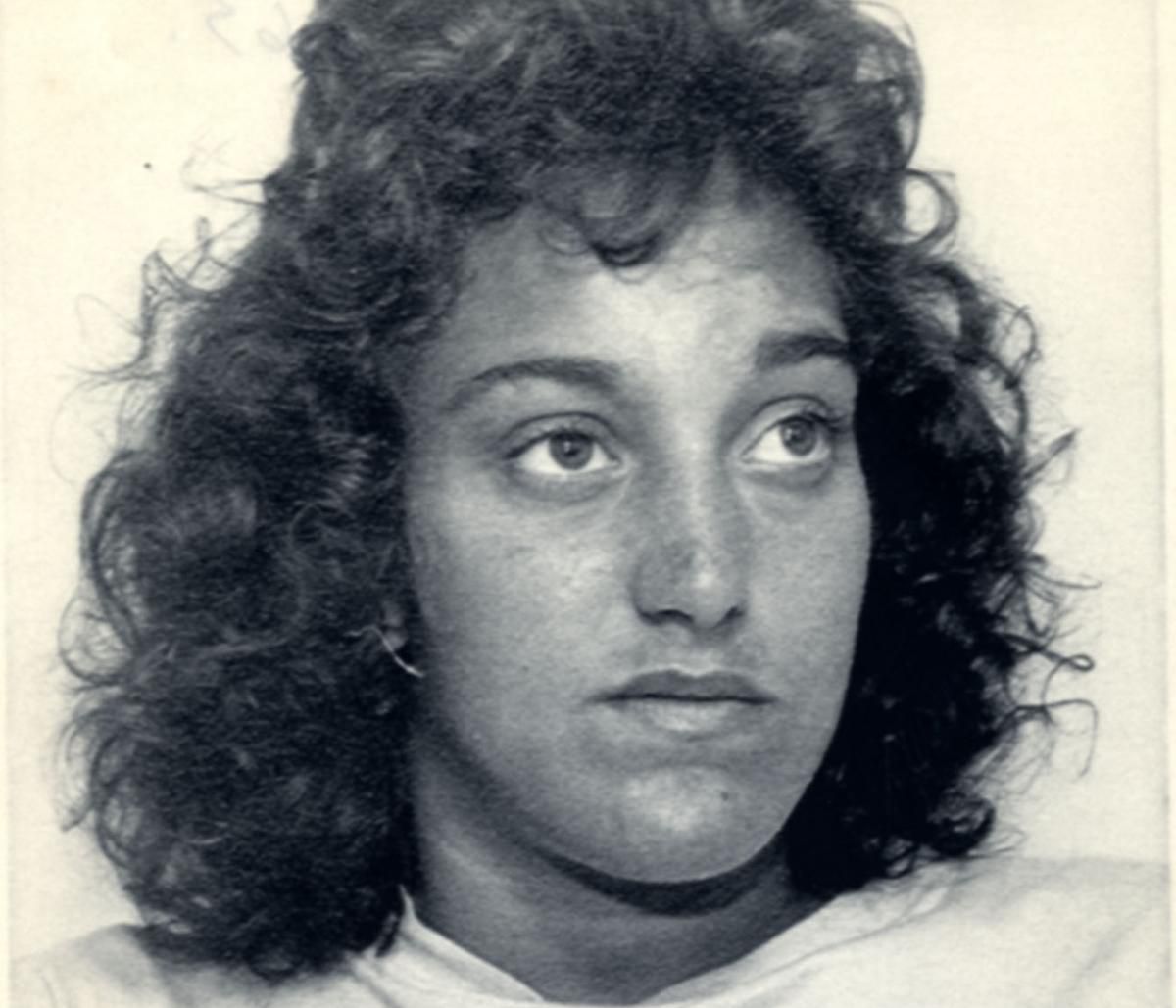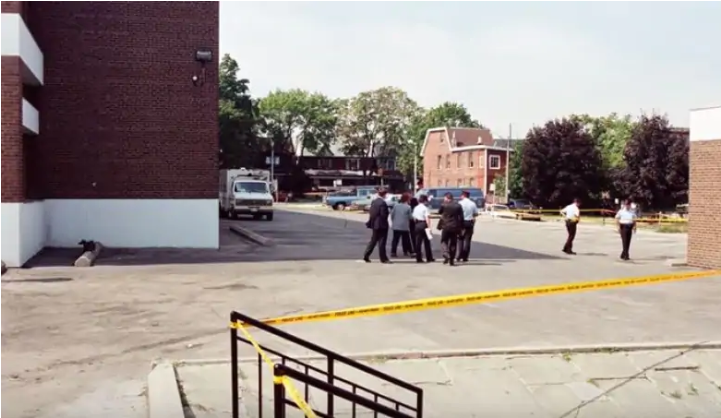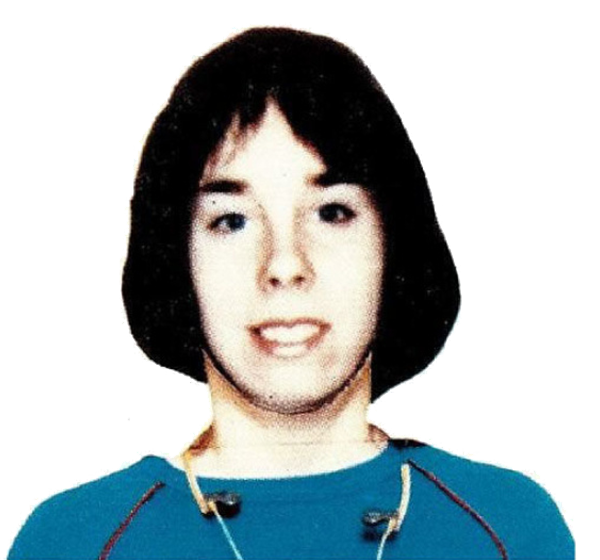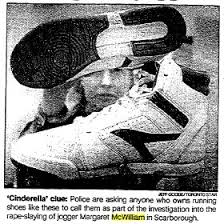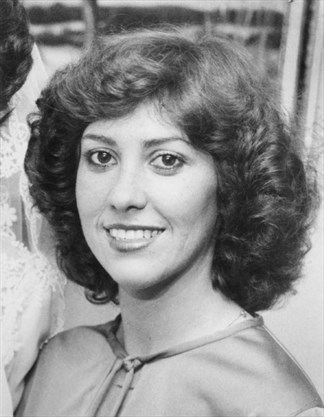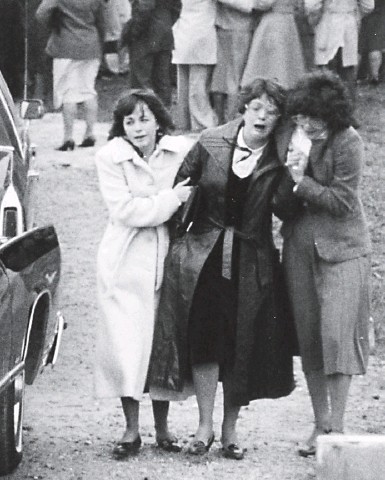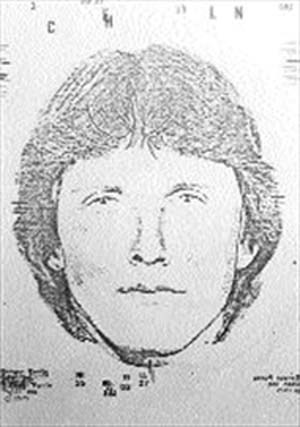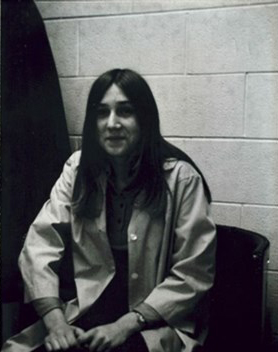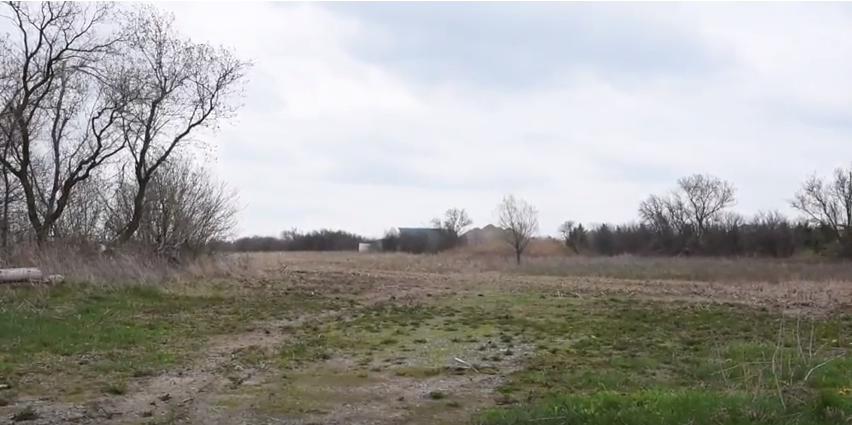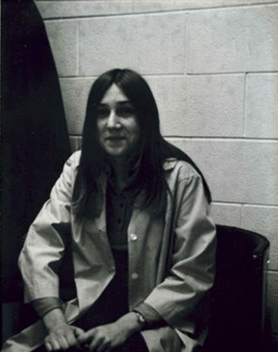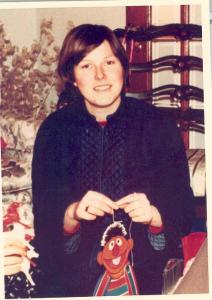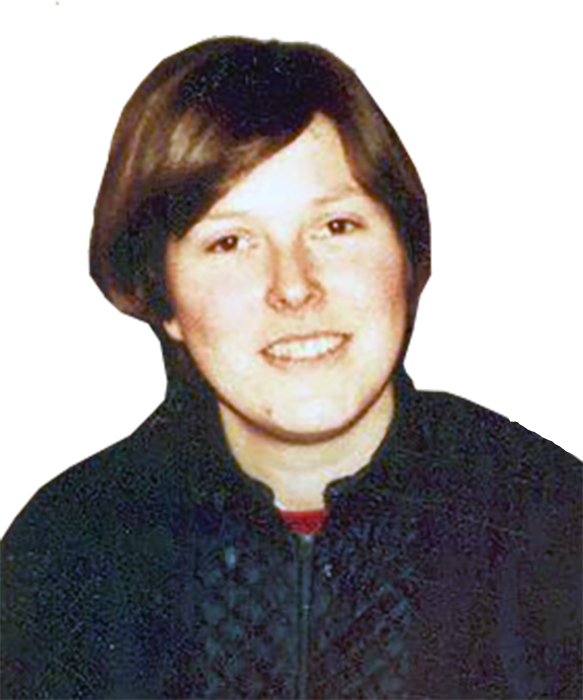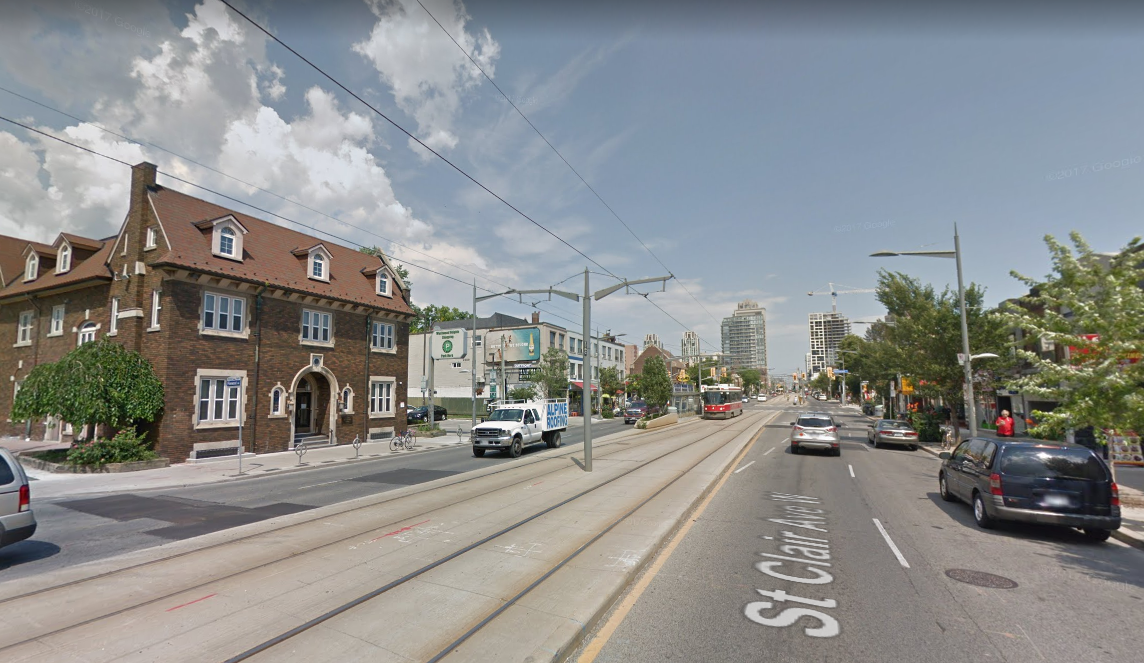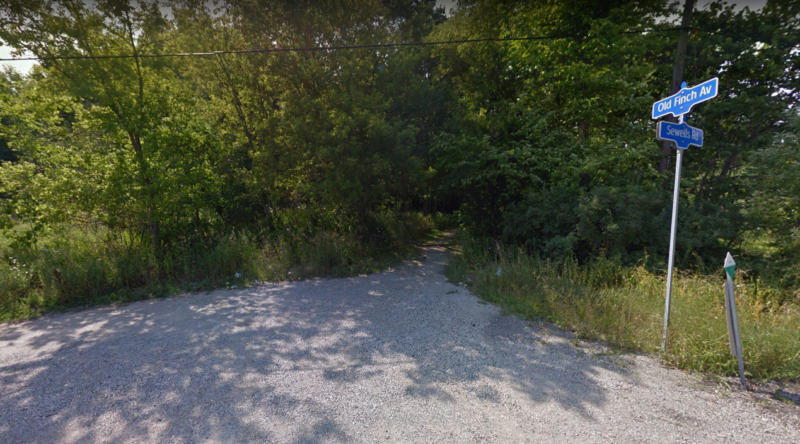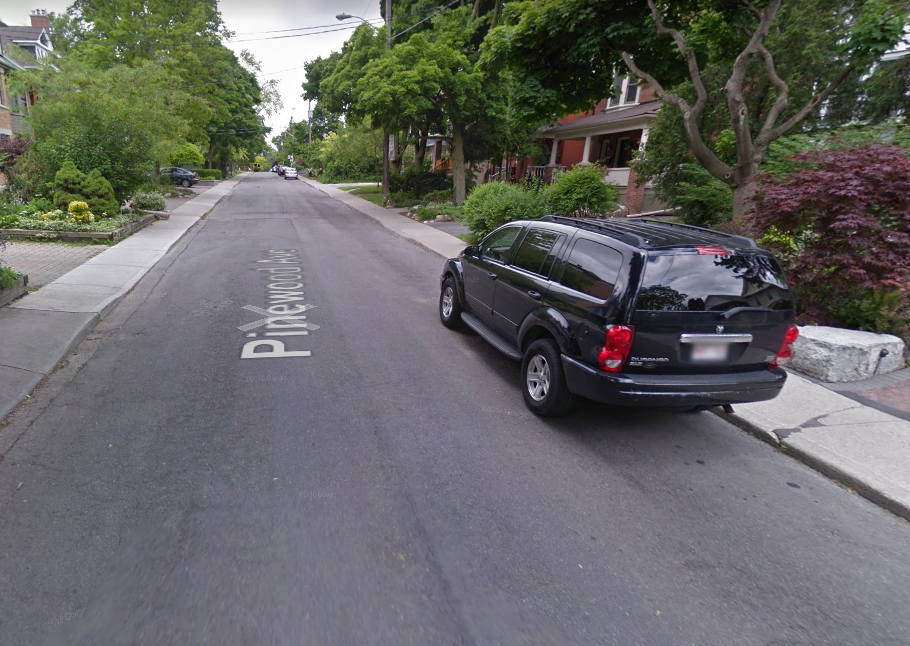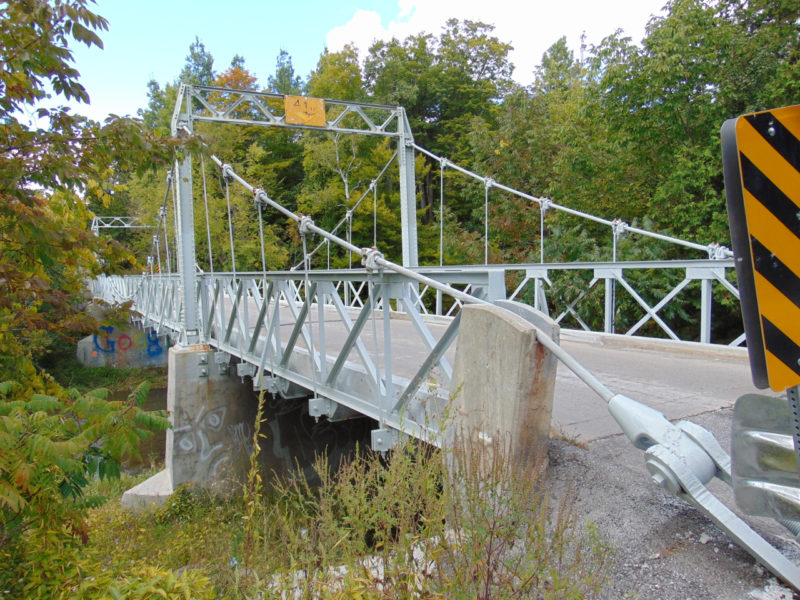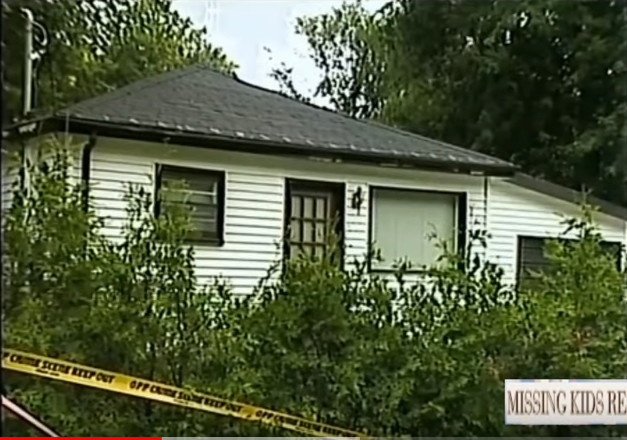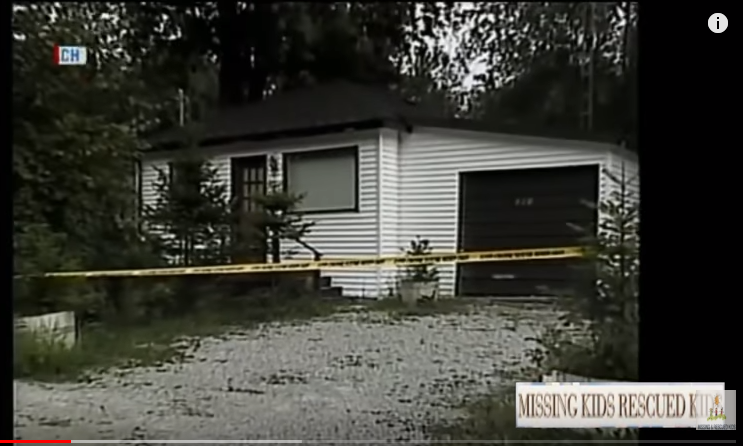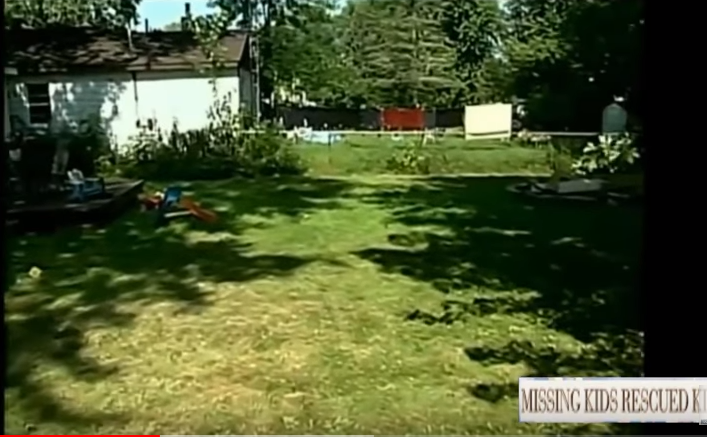Unsolved: The Murder of Lori Pinkus
Any information, contact Toronto Homicide at 416-808-7400, homocide@torontopolice.ca
or Crime Stoppers at 416-222-TIPS (8477), www.222tips.com, text TOR message to CRIMES (274637)
Download the Crime Stoppers App on iTunes, Google Play or Blackberry App World
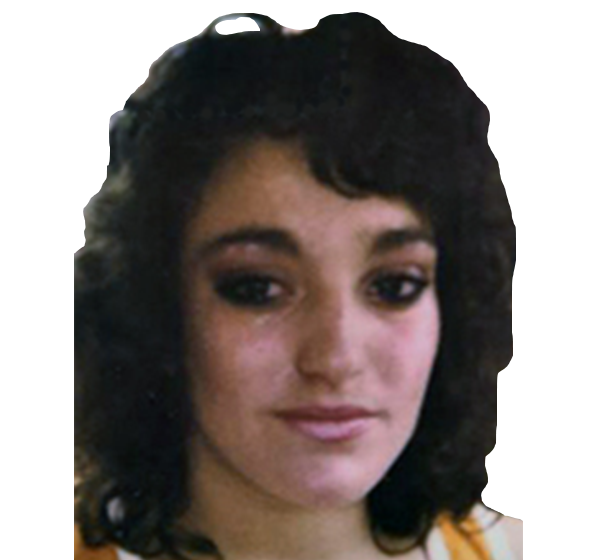
Lori Pinkus left a bar after having drinks with friends on September 8, 1991, but she never made it home. Her nude body was found strangled in the Brockton High School parking lot by the school caretaker later that morning.
The Case: Facts & Speculations
- All persons of interest in the case have been ruled out by police
- Police have strong DNA evidence, but have not been able to make a match (yet)
- Suspect would be over 50 years-old now
Lori Pinkus, 21, was assaulted, strangled, and left dead in the parking lot of Brockton High School on a Sunday morning in September of 1991. Her body had been displayed on her back with her arms at her sides and her eyes open. She was wearing only a halter top.
The school caretaker found her just before 10 a.m. and several members of a Sikh religious group who met nearby on Sundays saw her body before police arrived.
Lori had just moved to Toronto from Ottawa five months earlier and lived in a basement apartment with her boyfriend a few blocks from the crime scene.
Born in Ottawa, Lori was the youngest of nine children and had a troubled past. She had been stabbed in the chest by two male assailants in her home, but the charges had been dropped after Lori failed to appear in an Ottawa court. A warrant was out for her arrest for failing to appear.
Lori was addicted to drugs and worked in the sex trade in the Bloor and Lansdowne neighbourhood to support her habit. The school parking lot where her body was found was notorious for drug dealing activities after hours.
Toronto police have collected DNA of her assailant, but have yet to make a match.
Possible Suspects
No suspects

